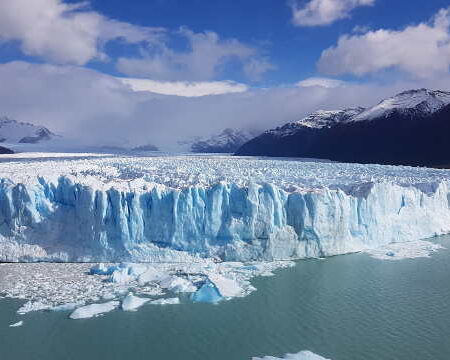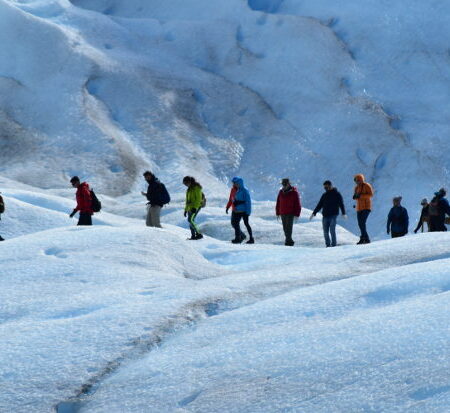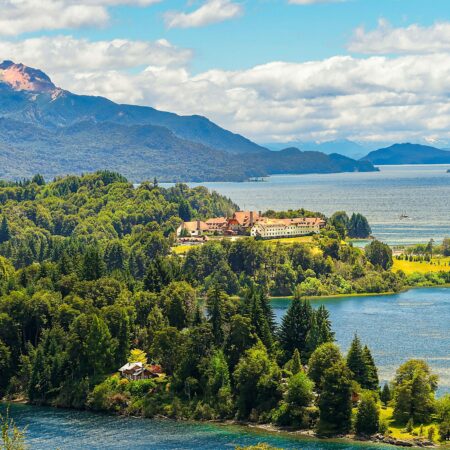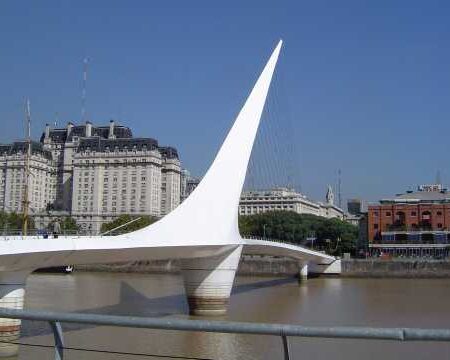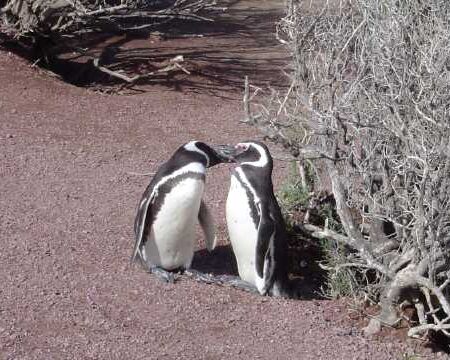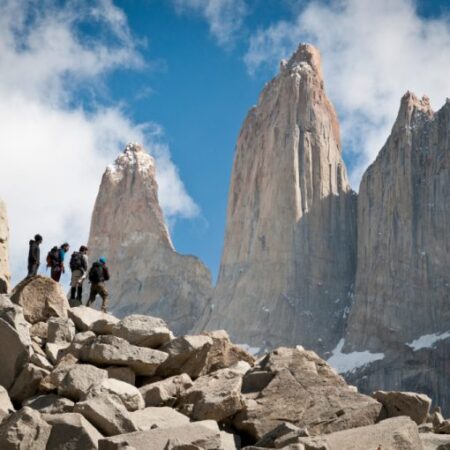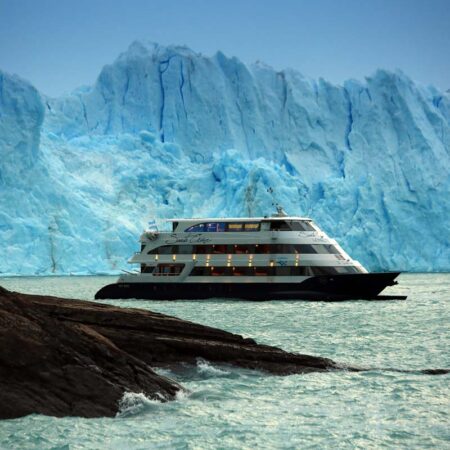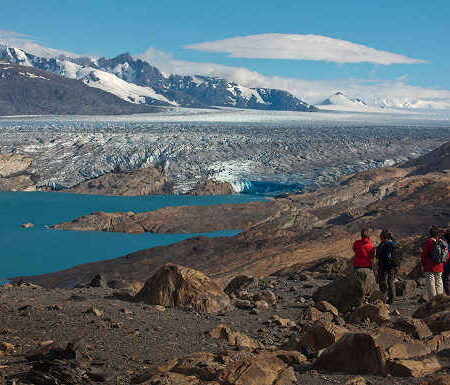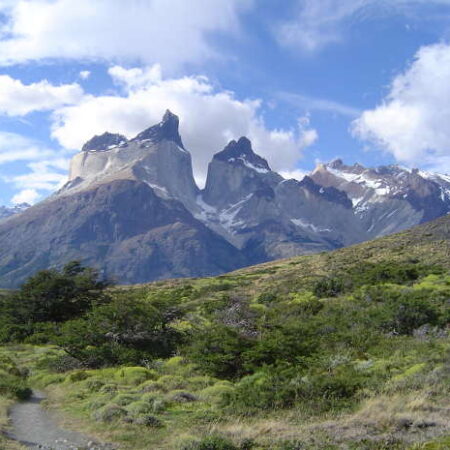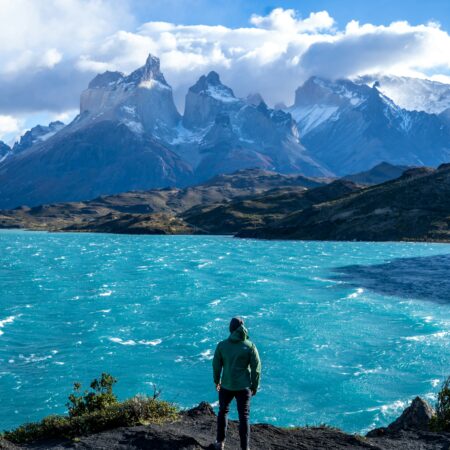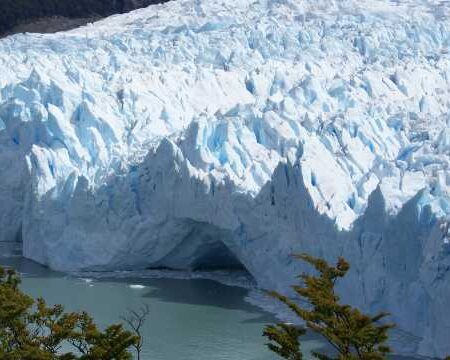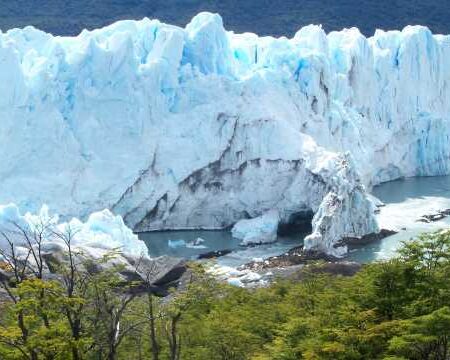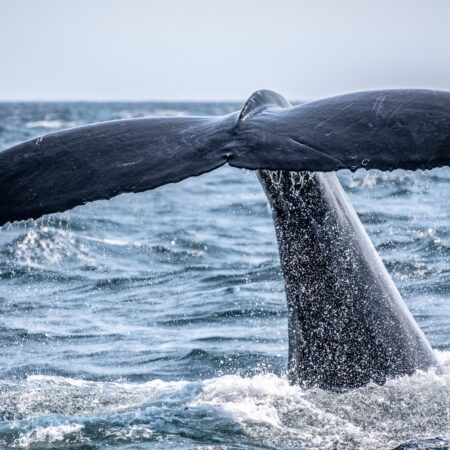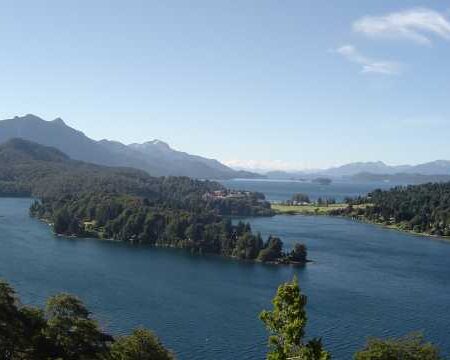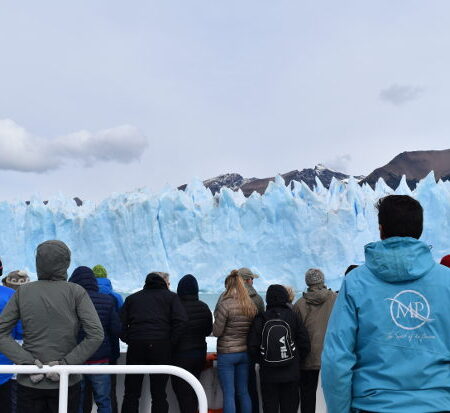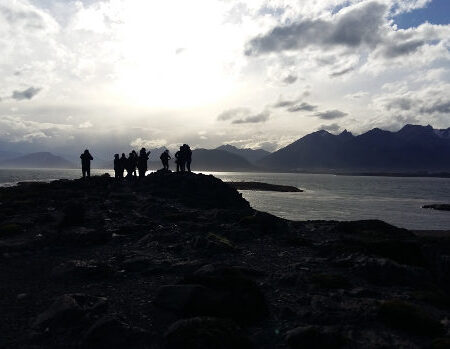135 kilometers from Viedma, the cliffs lose height and open into a bay of clear waters, bordered by wide sandy and shelly beaches.
 The village of Bahía Creek stretches along barely three blocks, with about 100 houses. Rustic simplicity defines its character: there is no gas station or drinking water, and mobile phone coverage is nonexistent, although a WiFi spot provides intermittent access.
The village of Bahía Creek stretches along barely three blocks, with about 100 houses. Rustic simplicity defines its character: there is no gas station or drinking water, and mobile phone coverage is nonexistent, although a WiFi spot provides intermittent access.
 Access is via Provincial Route Nº 1 —with 60 kilometers paved up to La Lobería and another 70 kilometers of gravel— or via Provincial Route Nº 51, a little over 100 kilometers of gravel road connecting with the provincial capital.
Access is via Provincial Route Nº 1 —with 60 kilometers paved up to La Lobería and another 70 kilometers of gravel— or via Provincial Route Nº 51, a little over 100 kilometers of gravel road connecting with the provincial capital.
Landscape and geography
Bahía Creek appears as a coastal oasis after traversing long stretches without tall vegetation. The immediate surroundings are marked by shifting dunes that extend over 340 km². These sand fields, advancing up to 30 kilometers inland pushed by persistent winds, largely lack plant cover due to low rainfall, wind erosion, and human activity. Ideal for sandboarding.
 The cliffs surrounding the beach reach up to 30 meters in height, creating a setting where the vastness of the marine horizon combines with the coastal relief. At sunset, the blue and golden tones of the sea and sand transform the landscape into a natural spectacle.
The cliffs surrounding the beach reach up to 30 meters in height, creating a setting where the vastness of the marine horizon combines with the coastal relief. At sunset, the blue and golden tones of the sea and sand transform the landscape into a natural spectacle.
Fauna and nature
Land fauna includes rheas (the Patagonian ñandú), guanacos, tinamous, partridges, and maras. At sea, the presence of Commerson’s dolphins and whales can be recorded between July and September, reinforcing the wild character of these coasts.
History and tales
 Bahía Creek has long been surrounded by stories linked to World War II. Local research mentions remains of a submarine hidden beneath the sand, while oral tradition preserves versions of clandestine landings, foreign crews, and rumors of Nazi vessels stranded in the fog. These stories, though shrouded in myth, are part of the cultural imagination of the Patagonian region.
Bahía Creek has long been surrounded by stories linked to World War II. Local research mentions remains of a submarine hidden beneath the sand, while oral tradition preserves versions of clandestine landings, foreign crews, and rumors of Nazi vessels stranded in the fog. These stories, though shrouded in myth, are part of the cultural imagination of the Patagonian region.
Community and preservation
The small village has a fishing club, a general store, and some lodging options ranging from campsites and hostels to domes and rental houses. The local community promotes environmental preservation initiatives with the aim of maintaining the balance of a fragile and valuable ecosystem.
 The clear nights, the immensity of the dunes, and the vastness of the sea place Bahía Creek as a unique coastal enclave along the Río Negro Coastal Route, in full tourist expansion.
The clear nights, the immensity of the dunes, and the vastness of the sea place Bahía Creek as a unique coastal enclave along the Río Negro Coastal Route, in full tourist expansion.
By Sergio Pappatico
